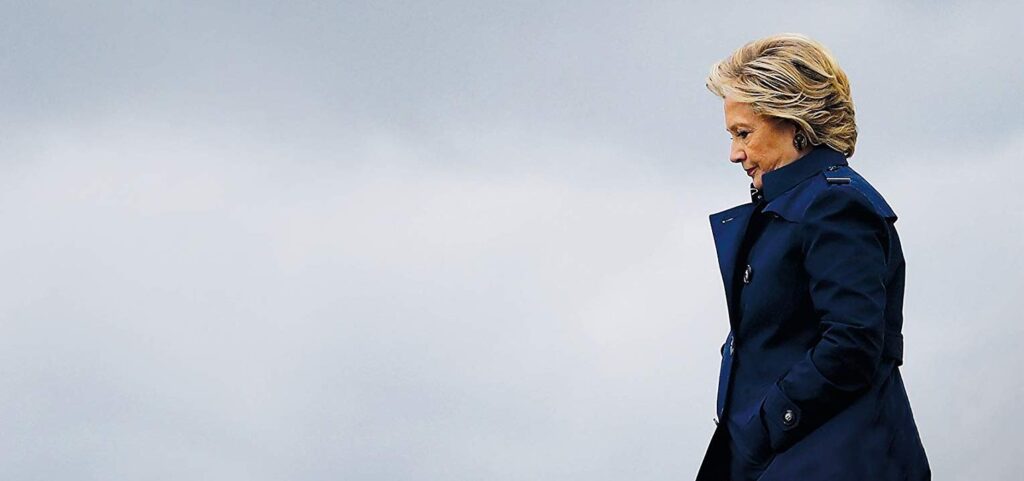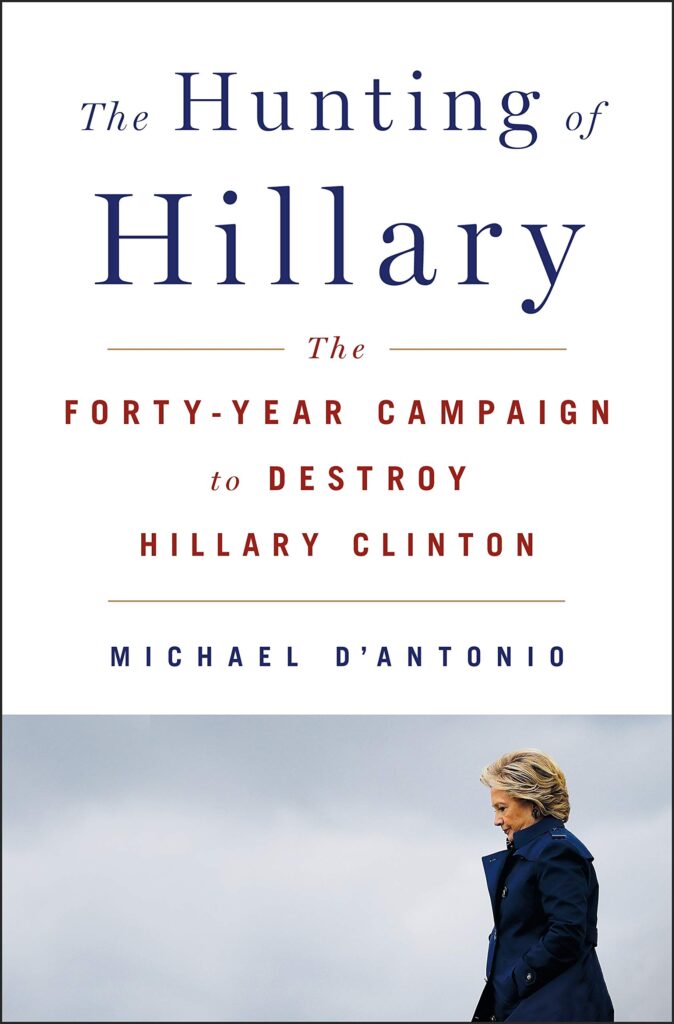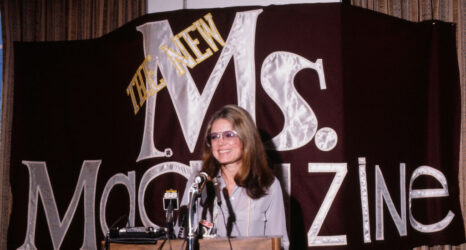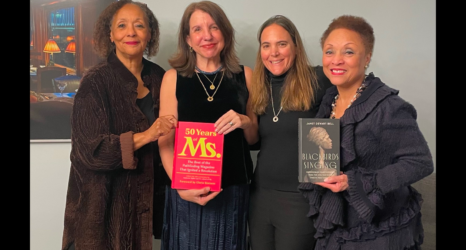In January 1979, Hillary Rodham Clinton, the first lady of Arkansas, was confronted by a male reporter during an interview for a local television station. “Does it concern you,” he asked, “that maybe other people feel that you don’t fit the image that we have created for the governor’s wife in Arkansas?”

In March 1992, columnist William Safire declared, in the midst of accusations of bad behavior facing presidential contender Bill Clinton, that his campaign really just had a “Hillary Problem.” Early on in her husband’s presidency, Clinton was subjected to more of the same kind of treatment when columnist David Brock claimed that a member of her staff had said “the devil’s in that woman.”
By 2016, followers of Donald Trump were chanting “lock her up” at political rallies, and merchandise mocking Clinton saturated digital marketplaces.
“The meaner they are,” admitted one woman selling buttons making blow job jokes at Clinton’s expense, “the more people buy them.”
Pulitzer Prize-winning political biographer Michael D’Antonio recounts dozens of moments like these in The Hunting of Hillary. His compelling examination of the “vast, right-wing conspiracy” to take down the esteemed former first lady and secretary of state is immaculately compiled, exposing how her political opponents used sexist attacks to paint Clinton as a “ball-busting feminist” and frigid wife; a power-hungry “Lady Macbeth” and even a manipulative murderer. Along the way, he writes, they eroded political institutions, not only to damage Clinton’s political prospects, but to consolidate their own power.

Bill Clinton’s 1992 arrival in Washington, D.C., marked the end of a 24-year period of Republican rule in the White House. Lacking strong policies or candidates to help them regain their footing, D’Antonio suggests, Republicans took aim at the president’s wife. Lawmakers, lobbyists and media personalities, funded by a handful of billionaires, built a cottage industry on “Hillary Hate” over four decades—launching media platforms, publishing houses and political careers by way of sexist smear campaigns.
People on both sides of the aisle tire of being asked to confront this ugly history, but D’Antonio’s stirring account demands that we consider it further, especially now: Four years after Hillary Clinton won more individual votes than any white male candidate for president in U.S. history, voters this year will find themselves choosing between two white men at the ballot box in yet another presidential election shaped by the persistently sexist media coverage of women candidates and widespread harassment of their supporters.
More than 40 years after her husband first campaigned for public office, the persistent attacks on Clinton’s career and character remain a driving force in our polarized and dysfunctional political landscape.
Many of the men who built this campaign have become household names, and some are Trump’s foremost coconspirators. Brett Kavanaugh, decades before Trump promoted him to the Supreme Court, worked under prosecutor Kenneth Starr to extract lurid details about the president’s affair with Monica Lewinsky for public consumption during his impeachment hearings. Rudy Giuliani, now an attorney for the president, launched a senatorial campaign in 2000 just to stop Clinton from winning hers. Newt Gingrich would help launch the Benghazi conspiracy against Clinton in 2012—and then be appointed an adviser to the Trump campaign, and his wife an ambassador during the Trump presidency. Rush Limbaugh, who launched a career on Hillary Hate and popularized the term feminazi in the ’90s, was awarded a Presidential Medal of Freedom by Trump in 2020.
D’Antonio argues that the echo chamber of misinformation and conspiracy theories that grew out of these connected efforts to take down one woman also became the foundation of the Russian interference that undermined Clinton’s campaign for the White House. Sexism was a key component of the click-bait disruption to our democracy: Those churning out content for the effort were instructed to “use any opportunity to criticize Hillary.”
“[Trump’s] election didn’t mark the start of something new,” D’Antonio asserts at the outset of the book, “but rather the logical conclusion of something much bigger.”
Until we grapple with the sexism that shapes that something bigger, we may be doomed to continue reliving it.
This piece is excerpted from the Spring 2020 issue of Ms.
Become a Ms. member to read the rest—and get even more of our feminist reporting and analysis delivered to your door, or to your mobile device, each time we release a new issue!





